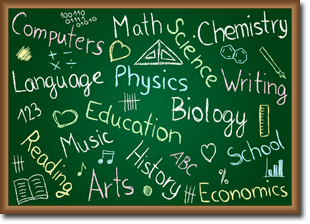
Outline of a typical CLIL course
As a taster, here is a sample CLIL course. The course can be longer, or shorter, and the topics can be altered to suit your wishes: |
Day and topic | A few details |
1. How CLIL are you? What is CLIL? (morning) | “How CLIL are you?” Questionnaire and general introduction to CLIL. The Common European Framework of Reference for Languages (CEFR) for subject teachers and its relevance to CLIL |
1. Activating language and content (afternoon) | Why is activating content and language important? Activating prior knowledge. CLIL activities for activating. |
2. Guiding understanding in CLIL (whole day) | Working with (multimodal) input: helping learners understand spoken and written input; texts and reading skills; scaffolding learning; graphic organizers. Lots of CLIL activities for guiding understanding. |
3. Thinking skills and CLIL (morning) | Questioning and thinking skills: LOTS and HOTS (lower order thinking skills and higher order thinking skills) |
3. The language of your subject (afternoon) | What is typical about the language in your subject (science, history, PE, ICT)? The language in texts. Formulating language aims as subject teachers. |
4. Working with vocabulary (morning) | Glossaries or PIFS (personal idiom files); vocabulary tasks for CLIL |
4. Output: speaking (afternoon) | Encouraging English in the lessons: getting learners involved. Information gaps, communicative speaking, speaking tasks. |
5. Output: writing (morning) | Communicative writing; different kinds of writing texts. |
5. Feedback (afternoon) and course evaluation | Recognizing errors, giving feedback to learners on content, spoken and written language. |

